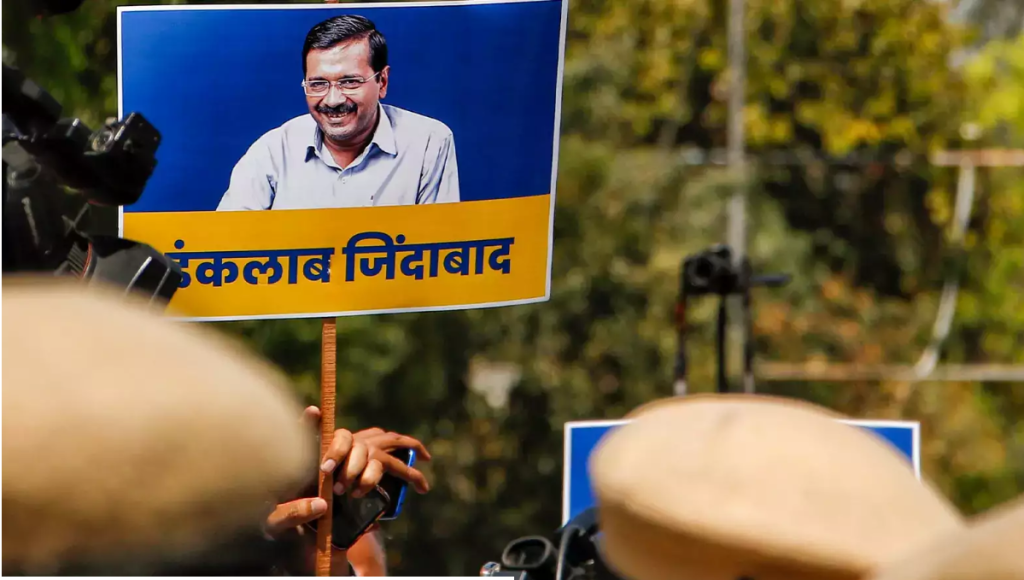THE profusion of environment writings in the press on the. occasion of the Earth Summit at Rio de Janeiro has probably confused readers as much as it informs them. They are told one day that poverty is the greatest pollutant. Then the next day they are told that, the greatest pollution is the excessive consumption of the rich (in other words, lack of poverty is the greatest pollutant). Every different green group has its own theories of what is wrong with the world, and the greens are at war with each other as much as with polluters.
In this column, I want to highlight the importance of the economic laws of the marketplace, in saving the environment. Most green groups see themselves as opposed to economists, and think, quite wrongly, that economic growth threatens the planet.
From the time of Malthus, many intellectuals have warned that the appetite of a growing human population for goods is rising so fast that the world is bound to run out of resources. The Club of Rome, in a celebrated thesis in the early 1970, drew attention to the scarcity of every commodity, notably oil, which was mirrored in skyrocketing commodity prices. It warned that the human race must cut down on its consumption or perish. The same thesis is being repeated by green groups at Rio.
Yet, the most casual look at the history of the world since Malthus lows that this theory is plain nonsense. In the last hundred years, which have witnessed an unprecedented increase in commodity consumption, the prices of commodities have fallen in real terms, not risen. Two decades after the Club of Rome thesis, the worlds have increased its total consumption greatly. Yet, instead of scarcity, the world is witnessing a glut of every commodity, which is reflecting in slumping commodity prices. This is especially true of non-renewable resources like copper, tin, iron and oil, and has badly hit Third World exporters. Such non-renewable resources were supposed to run out within a few decades of the Club of Rome\’s dire predictions.
Today, however, there is not only a glut, but the ratio of reserves to annual production has improved for every commodity. What was supposed to be unsustainably high consumption has proved to be, from the viewpoint of Third World exporters, pathetically inadequate consumption.
ROLE OF PRICE CHANGES: Why have the greens and the critics of consumerism proved so wildly wrong? The answer is that they have not understood the remarkable role of price changes in the market place as a means for saving the environment.
The fallacy of the Club of Rome and other prophets of doom is their assumption that human consumption patterns are fixed. In fact, history shows that consumption depends acutely on price changes. As long as a commodity is cheap, it makes no sense to conserve its use. So consumers become prodigal and wasteful. But if the same commodity becomes scarce and its price shoots up, people automatically find innovative ways to cut down on their consumption. Companies too find it worthwhile to increase exploration and find new mineral reserves.
Even more dramatic is the response of technology. Inventions do not just happen. They are the result of massive research efforts and armies of scientists who will tackle an issue only when scarcity has made it worth focusing upon. Scarcity and high prices make it profitable to find techniques of conservation and invent substitutes.
The rise in commodity prices in the early seventies spurred a great technological effort into reducing the use of non-renewable and of recycling them, wherever possible. Energy-efficient motors, boilers, engines and process equipment became the norm and the amount of energy used per unit of GNP dropped dramatically in all the rich countries.
Even Third World countries were major gainers, since the machinery they imported was now energy-saving. Note that this conservator was not and could not have been brought about by the exhortations of the greens to stop consuming goods. It was brought about by the reaction of markets to scarcity. The end result was that people could enjoy higher living standards, even while reducing their consumption. This was made possible by producing more efficiently, not by producing less.
NECESSITY SPURS INNOVATION : At one time, most steel was made from iron ore, but the energy crunch of 1973 spurred innovations that slashed, by half or more, the energy needed to recycle steel scrap into steel. In consequence, a major consumer like the USA stopped building steel plants based on iron ore and instead, it built highly profitable mills recycling scrap. Builders who used thick steel girders switched to thinner, but stronger girders created by new technology and in some cases even switched to tensile steel wires for reinforcing concrete. The way technology is going, steel wires could be replaced by ultra-strong synthetic fibres in buildings, reducing the consumption of steel still further.
The amount of tin needed in tinplating has been slashed by new techniques to make thinner and thinner coatings. Innovations have cut the amount of steel needed in cars, the amount of copper needed in motors and the amount of zinc needed in galvanizing. The energy needed to recycle copper and zinc scrap has been slashed by new technology, so that the world makes do with more recycling and much less copper and zinc ore than ever before. The ghost of Malthus has been banished and scarcity has given way to a glut.
Of course, this glut will, after sometime, lead to an increase both in consumption and waste. But that, in turn, will mean higher prices, which will then spur a further cycle of technology and conservation. In short, the laws of economics are the best guarantee that the world will not run out of resources. Efficient markets will achieve conservation far more effectively and efficiently, than all the exhortations of the greens.
NON-MARKETABLE RESOURCES: The real problem is that for some items there are no markets and hence no prices. In these, the area’s resources can be destroyed forever. There is no market for the use of the atmosphere, the seas, or many forests and rivers. People can usually use these natural resources free of cost. This inevitably encourages over-use—the laws of economics do not automatically penalize high consumption in these areas, since these laws cannot operate in the absence of markets.
This explains why we have a glut of copper and iron ore, but we are ruining our forests through over felling, ruining or coastal areas through over fishing, razing our pastures through overgrazing, eroding the ozone layer and spewing carbon dioxide into the atmosphere. In some of these cases, markets can be created. For instance, forests can be made the property of a village, which in turn will have an economic incentive to maintain them, as well as, respond to scarcity, by growing more and better trees. In other cases, like the ozone layer, no markets can be created and only regulations will work.
All said, the greens have a vital role to play in highlighting problems in areas where markets do not exist. Governments have a key role in regulating the use of non-marketable resources. But as we all know from bitter experience, the administrative capacity of governments is very limited. So it is comforting to know that in regard to mineral resources we have other automatic market mechanisms to save the planet, which do not depend of the dubious efficacy of netas and babus.




